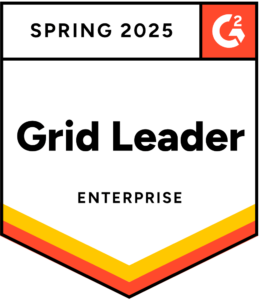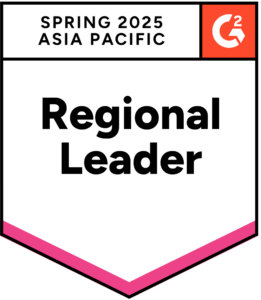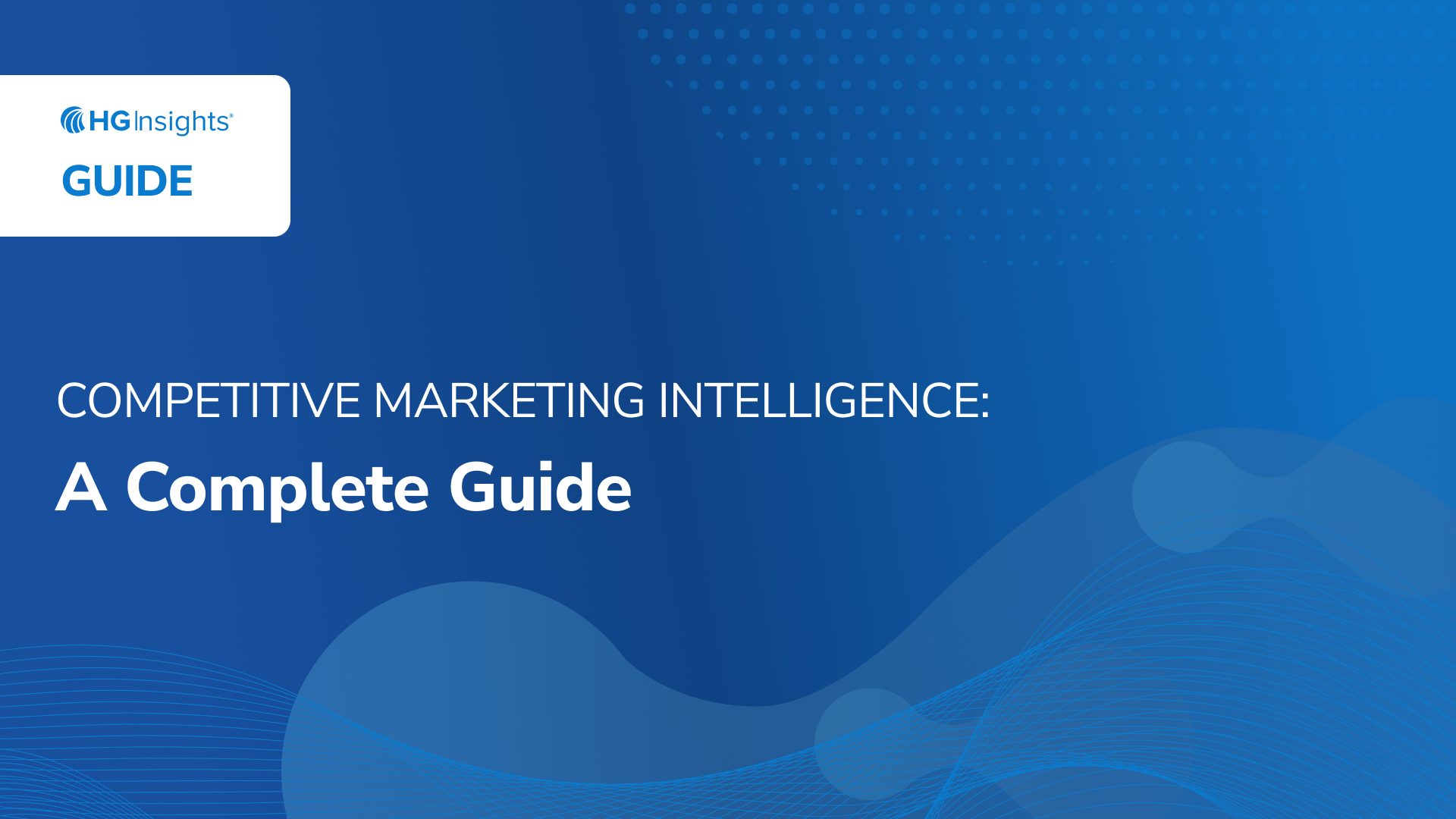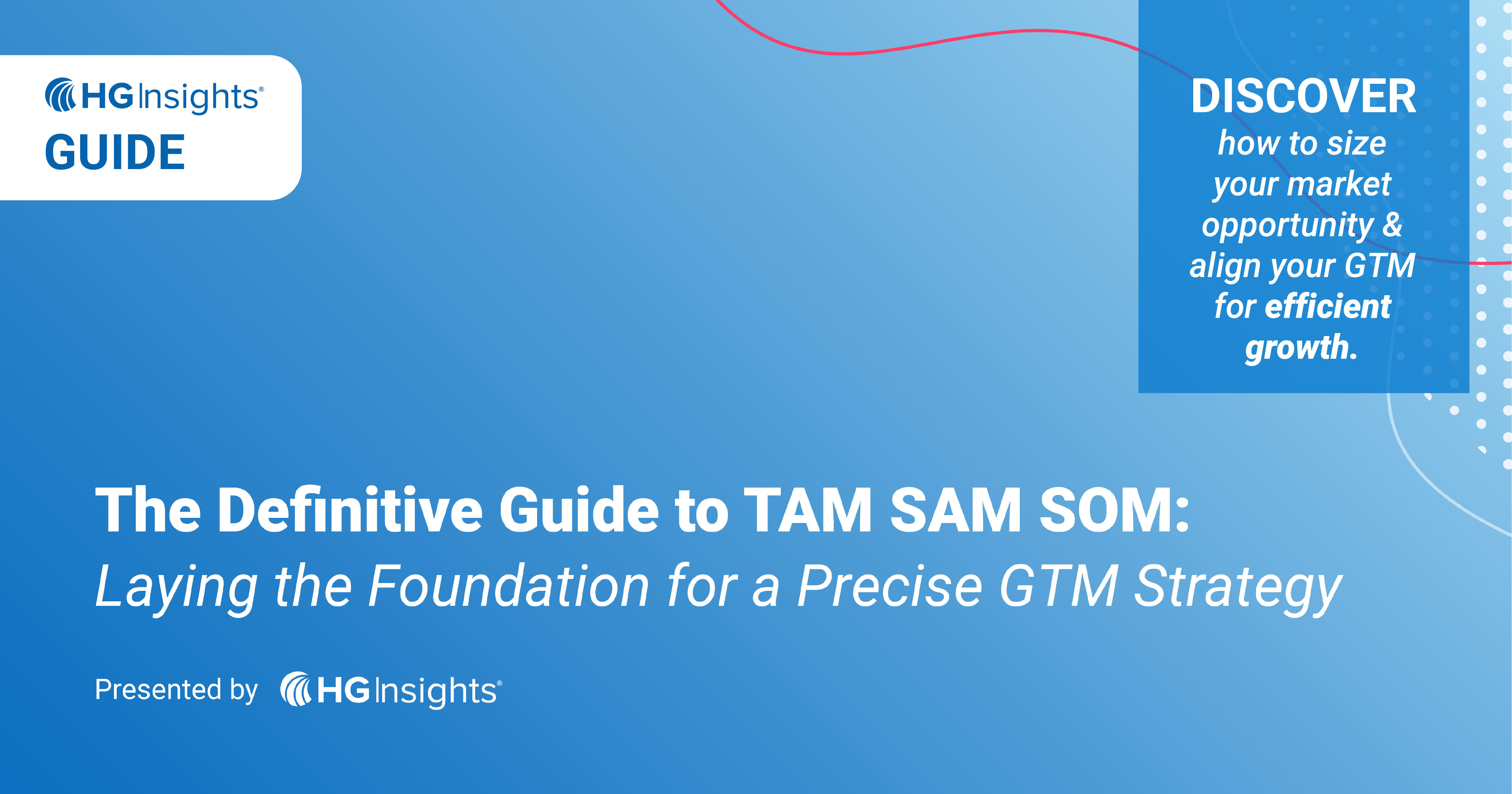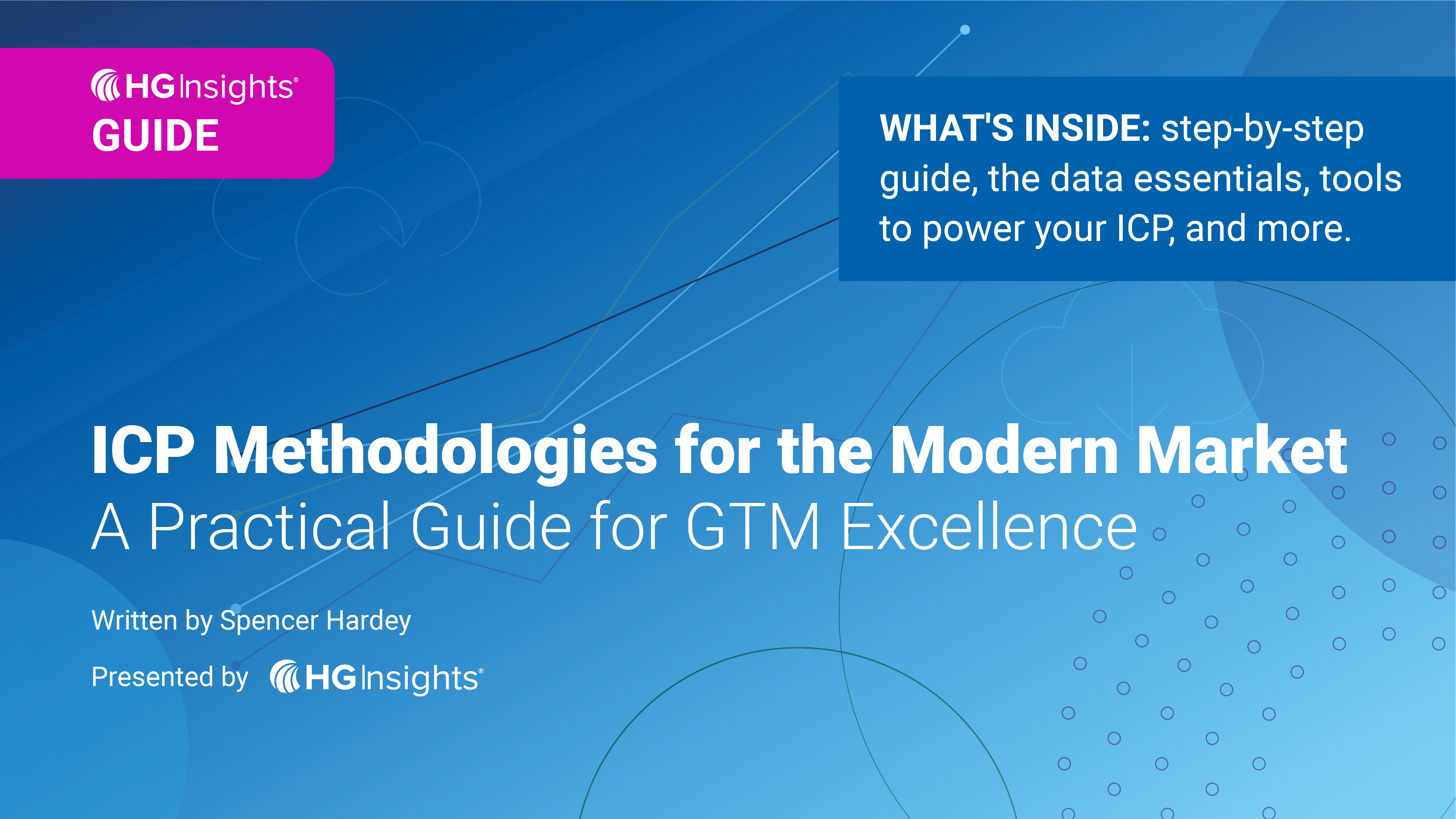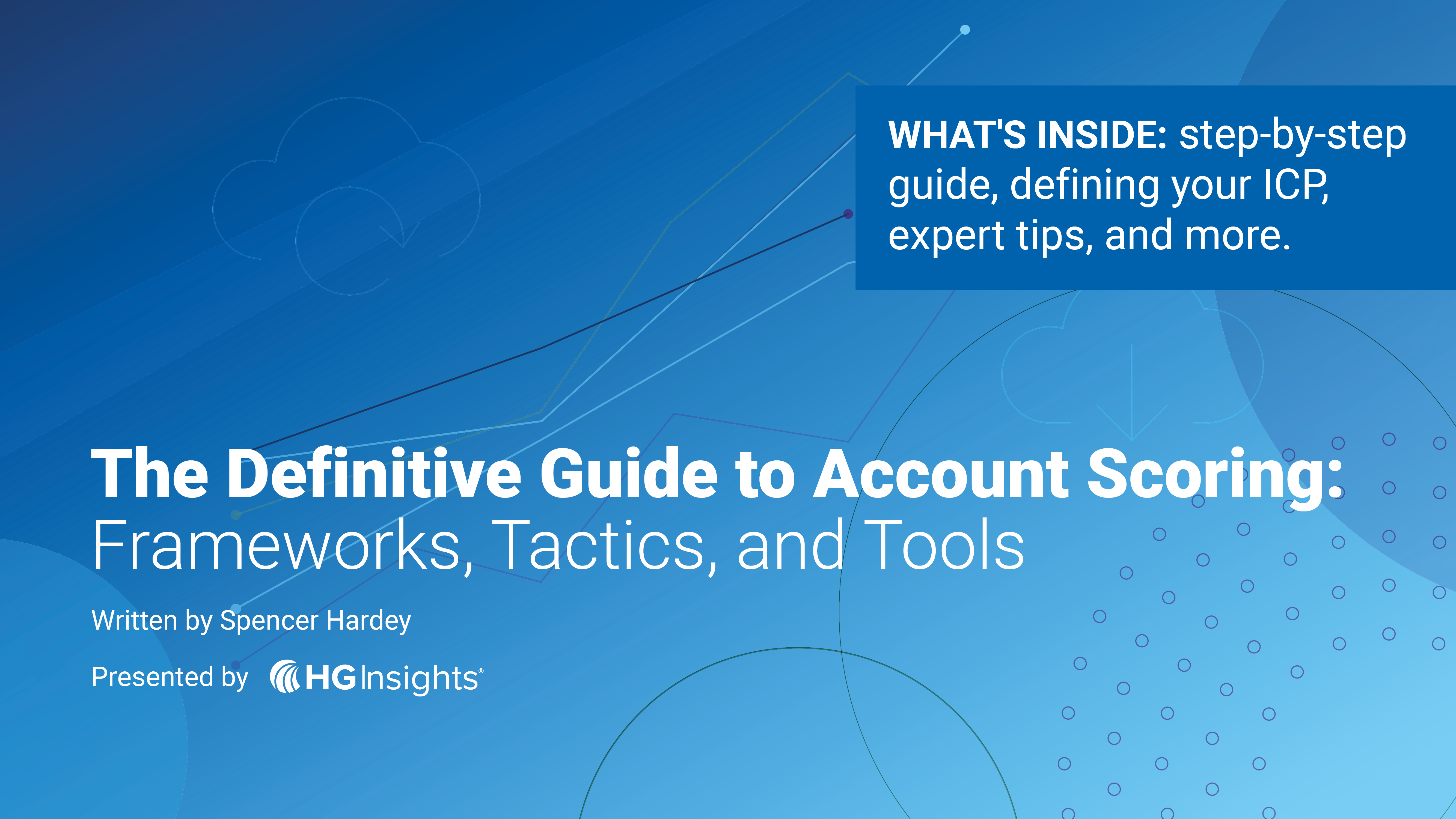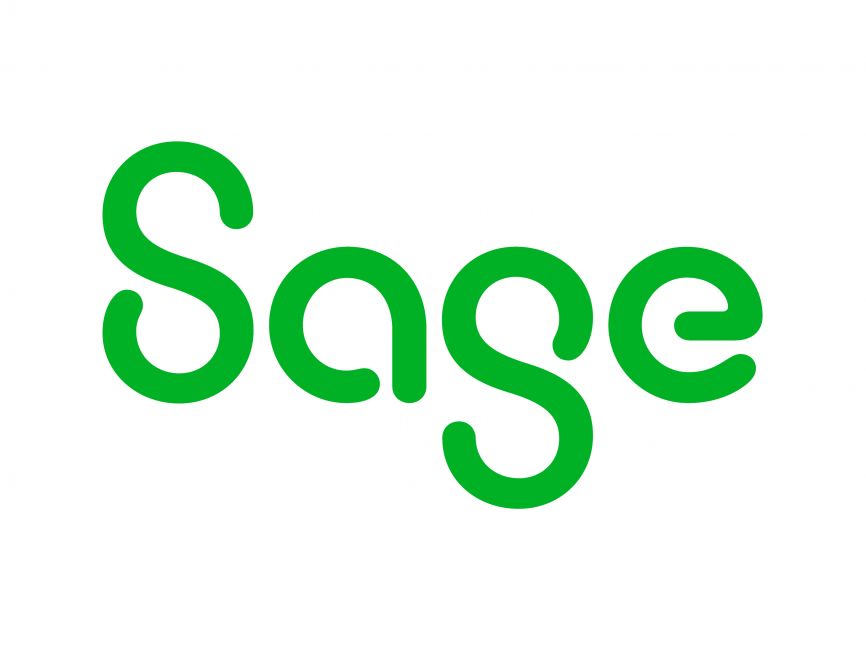What is competitive marketing intelligence?
Competitive intelligence has long been used by sales and marketing teams to build the ‘big picture’ of competitors’ offerings, customer preferences and the most promising differentiators for sales and marketing activities.
Competitive marketing intelligence takes this process a step further. On top of building out the big picture for where your product or service stands in the market, competitive marketing intelligence uses more in-depth insights to drill down into the specifics that drive marketing interactions and sales conversations, including:
- How customers use your competitors’ offering.
- What is most important to your audience and current customers.
- Adapting messaging to how customers use your product.
- Identifying pain points and interests that you can speak to better than anyone else.
The importance of competitive intelligence and analysis in marketing
In marketing, understanding your target audience and how to communicate with them is highly important. Part of the process is learning how your competitors are speaking to the same audience. By using competitive intelligence and analysis in your marketing efforts, you can glean what your competition is doing, and improve, or better compete with them.
Some examples of competitive intelligence and analysis tools for marketing, include:
- Ad intelligence tools to understand their pay per click and display ads
- SEO tools to understand the types of keywords your competition rank for
- Firmographic data and technographic data tools to learn about target markets
Competitive Intelligence Advertising
As mentioned above, using competitive intelligence for advertising is a powerful strategy that can help get your demand generation team running quickly, and efficiently. Using best-in-class tools like SEMrush, you can quickly view all of your competitors ad history, what’s currently running, and estimated traffic and spend for each ad.
This is useful when building your competitive intelligence advertising strategy as it allows you to replicate what competitors are doing, piggy-back on their target keywords, and improve on what they’re already doing. It’s great for establishing a baseline and building a profitable demand gen strategy.
Competitive marketing intelligence vs. competitive intelligence
There are two essential types of business intelligence: competitive marketing intelligence and competitive intelligence. Both types of intelligence provide key insights that can help brands secure brand loyalty and outperform their competitors.
It’s common for sales and marketing teams to blend the two research methods, especially when conducting preliminary research. Doing so can muddy the clarity and effectiveness of the research. Understanding the difference between the two will help you acquire more intelligence from both.
Competitive marketing intelligence gives your company the competitive edge by gaining a clearer picture of the larger market.
- The purpose of competitive marketing intelligence is to understand customers and their consumer behavior better than your competitor.
- Competitive marketing intelligence is client-focused while competitive intelligence is business-focused.
- Sales teams and marketers can make informed decisions based on technographic data as well as consumer behavior, socioeconomic data, geographic data, interests, and pain points.
Competitive intelligence primarily looks at competitor strategies by way of behavior, spending, expansion, partnerships, software, and priorities.
- Competitive intelligence allows you to peek behind the curtain and view your competitors’ strategies from the inside.
- The primary goal in competitive intelligence is to identify the opportunities your competitors are missing.
- This form of intelligence focuses on things like differentiators and pricing.
These two intelligence mining strategies naturally overlap when researching your competitors’ marketing efforts and customer relationships.
There are key methods for implementing competitive marketing intelligence to get a competitive edge. Here’s how.
How to gather competitive marketing intelligence
The most effective way to capture technographic data and other deep customer and competitor insights? Use effective competitive marketing intelligence tools. And, sometimes, it takes just good old-fashioned conversation.
Talk to competitors about competitors
It’s near impossible to persuade a competitor to talk about their strengths and weaknesses, but asking them about their competitors — that’s a gold mine. Employees of your competitors often bounce between companies, making them ideal sources of valuable information.
Create opportunities to discuss Competitor A with staff from Competitor B, and you can get a glimpse of the market and the strategies your competitors are using to take charge of it.
This information will also help you understand the strategies your target audience is exposed to, so you can perform further research on whether or not it’s working.
Use market research tools and other competitive marketing intelligence data sources to dig deep
While market research does not always equate with competitive marketing intelligence, you can certainly get many of the insights you need.
Use a tool like Crayon to capture data, analyze signals and get specific insights on messaging, customers and reviews. Alternatively, you can use a market research agency like Mintel for customer engagement metrics and original research on competitors.
Listen to your audience
Social listening isn’t just a marketing activity. With the right tool, you can turn social mentions and conversations into competitive marketing intelligence. Buffer has a fantastic guide to using social media for competitive insights.
This also includes your own customers and prospects. Every single conversation your sales and marketing teams have with customers can turn into competitive marketing intelligence. For demos and discovery calls, track objections and competitor mentions. In reviews (both yours and your competitors), dig into differentiators.
Every single conversation: demos and discovery calls, reviews (both yours and your competitors), social listening… it’s all an advantage
Get Technographic and Spend Data with HG Insights
HG Insights tracks data from over 7 million companies worldwide, analyzing how they’re using and spending on cloud technologies.
With detailed technographic and spend data, HG Insights gives cloud sales and marketing teams an unfair advantage in competitive marketing intelligence.
Our customers use the HG Insights data platform to:
- Track how customers are spending with competitors.
- Build out tailored pricing strategies.
- Identify new opportunities for outreach.
Competitive marketing intelligence in action
When researching the market, companies often focus on firmographic data. This includes things like:
- Vertical
- Company size
- Company location
- Revenue
- Type of business
All of these are helpful for building out the big picture of your place in the market — including the foundations for things like Ideal Customer Profile and Total Addressable Market.
But, at least on their own, these factors do not make up competitive marketing intelligence.
Sales teams and marketers must analyze the role technology plays in the consumer’s daily life and apply that information to the marketing strategy.
To get a real competitive edge in your marketing intelligence, your sales and marketing teams can focus on technographic data: which technologies are being used, how they’re being used and when they were implemented.
Better yet, you can go even further with spend intelligence data: how much your target accounts are spending in particular technology categories and even specific products.
Technographic data allows you to view the consumers’ technology purchases and the tools they depend on. In turn, leveraging these data makes for more effective marketing strategies and more intelligent sales conversations.
3 Ways to Leverage Competitive Marketing Intelligence
- Focus on the right deals for your pipeline. A recent HBR article drives this point home: “Marketing analytics should shed light on the interactions that drive revenue — not just those that are easy to measure.” The idea is that taking the time to listen to conversations, identify prospect spending and even talk to competitors, while time consuming, will pay off in a big way. Just like data from phone conversations can drive better conversations in the future, data from market spend can drive better conversations to your pipeline in the first place.
- Tie your sales conversations to wide trends and deeper pain points. The tech buyer is smart — they have access to user reviews, documentation, content and networks to help drive their buying decisions. To stand out in your initial conversations with prospects, you need the data that you can gather competitive marketing intelligence. With spend data, for example, you can make a more compelling case from the start: “You’re spending $x on this product. Are you getting a true ROI out of that?” You can also use competitive marketing intelligence to show industry expertise for the vertical that you’re selling into. For selling to CTOs and technical founders, that’s a must.
- Expand your opportunity to rip and replace. With competitive marketing intelligence and spend data, you gain direct insight into how customers are spending with your competitors. Rather than dance around the ‘cost’ conversation, you can speak directly to how your product can provide better value, more quickly.
Will you gain an advantage with competitive marketing intelligence?
The short answer? Yes.
Technographic data intelligence coupled with HG Insights spend intelligence data gives companies the competitive advantage over companies that have not yet updated their market analysis processes.
It’s new, and it will give you an edge. Here are a few ways to leverage this level of intelligence immediately:
- Build a list of top competitor customers. By starting with how companies are spending on tech, you’ll build more qualified pipeline.
- Create smart account-based campaigns. Tailor your messaging and create account-specific landing pages for your Tier 1 prospects.
- Tailor sales content and marketing collateral. With competitive marketing intelligence, you can focus your collateral around true industry pain points instead of product features.
Using competitive marketing intelligence tools like HG Insights in addition to traditional marketing intelligence research secures your position in a pool of sales and marketing teams looking deeper to target only the consumers with the highest possibility of conversion. Now that’s progress.

